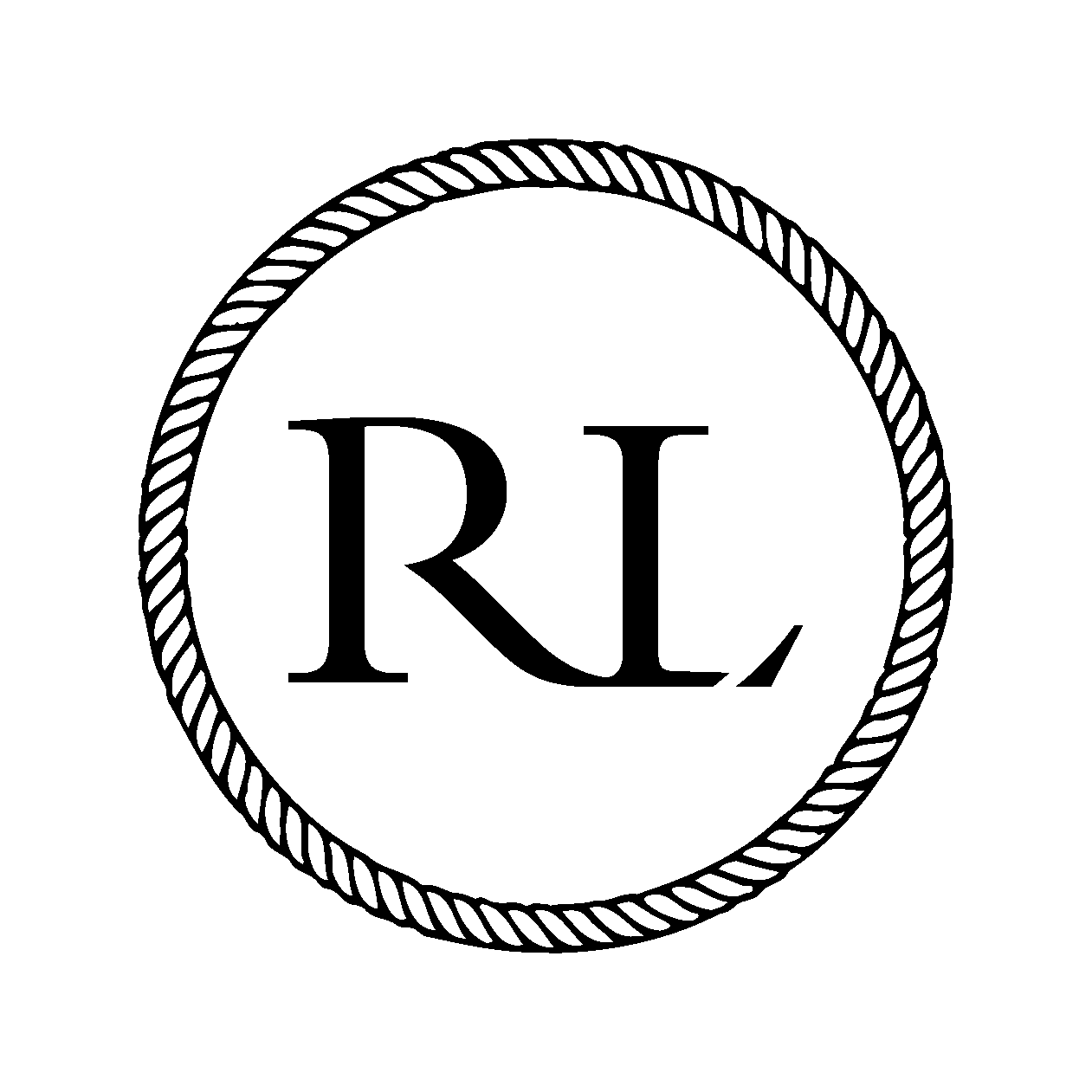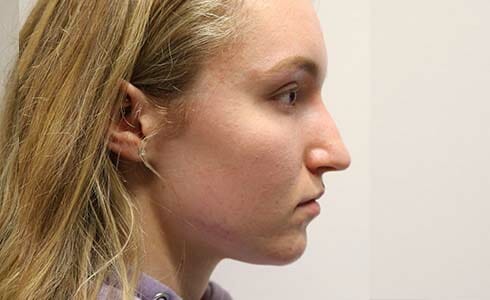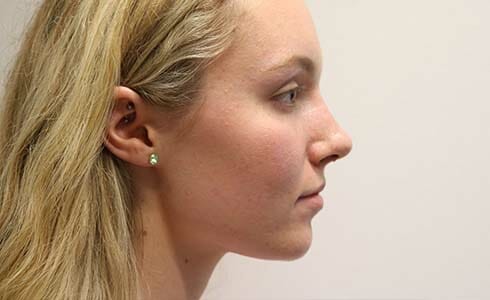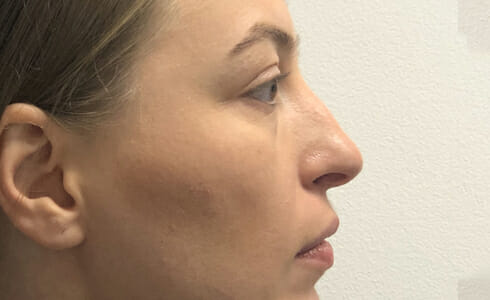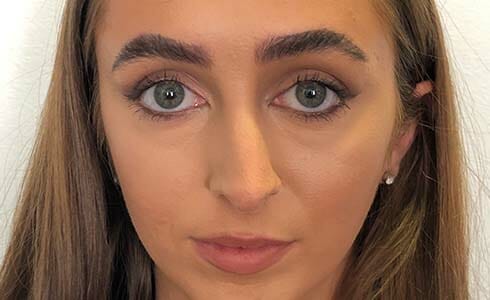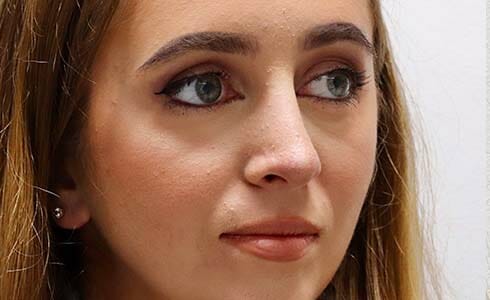What is Revision Rhinoplasty?
Most patients achieve excellent, lasting results from their initial rhinoplasty. However, a small percentage may need revision surgery to address concerns about shape or function.
If you are considering revision rhinoplasty, it is crucial to have realistic expectations. Mr Lakhani provides an honest assessment of what can be achieved with revision rhinoplasty at his London clinic.
Preparing for revision rhinoplasty
Before your consultation, take time to identify what you are unhappy with and what you hope to achieve.
It is very useful to draw up a list of concerns about your nose and an idea of what your ideal result would be.
It is imperative to have realistic and achievable goals for revision rhinoplasty. This is where your initial preparation is very important. Mr Lakhani will be able to give an honest guide as to which results are achievable.
Why choose Rhinoplasty LDN?
When considering revision rhinoplasty, it is crucial to consult with an experienced surgeon who specialises in corrective procedures. Mr Lakhani is a leading London specialist known for his expertise in addressing functional and aesthetic concerns from previous rhinoplasty surgeries.
He works closely with patients to achieve natural, harmonious results while restoring confidence and breathing function. Each surgery is tailored to the unique needs of his patients, ensuring the highest standards of care.
When to worry about your first rhinoplasty results
It is important to consider how recently you have had the nose reshaping surgery or nose job. After surgery, there will be a significant amount of swelling as the tissues that have been operated on within the nose settle. Over the first 6-8 weeks, you will see some reduction in swelling, but this can take time and is very gradual. The final result can be expected around 12-18 months after surgery.
Swelling can persist up to 12-18 months after surgery, particularly in the nasal tip region for certain skin types. People with very thin skin may have swelling which can take longer to settle and reveal the final result.
It is very important to have selected a well-trained and suitably qualified rhinoplasty surgeon in the first instance, and they will provide you with this information from the outset. One of the most concerning things for patients is when they are not informed of the possibility of requiring revision surgery as an outcome after the surgery. Possible outcomes and potential recovery times should be discussed thoroughly before any rhinoplasty operation to ensure a smoother recovery after surgery.
It is important to report any concerns to your rhinoplasty surgeon to ensure that the healing process is proceeding as expected after surgery.
